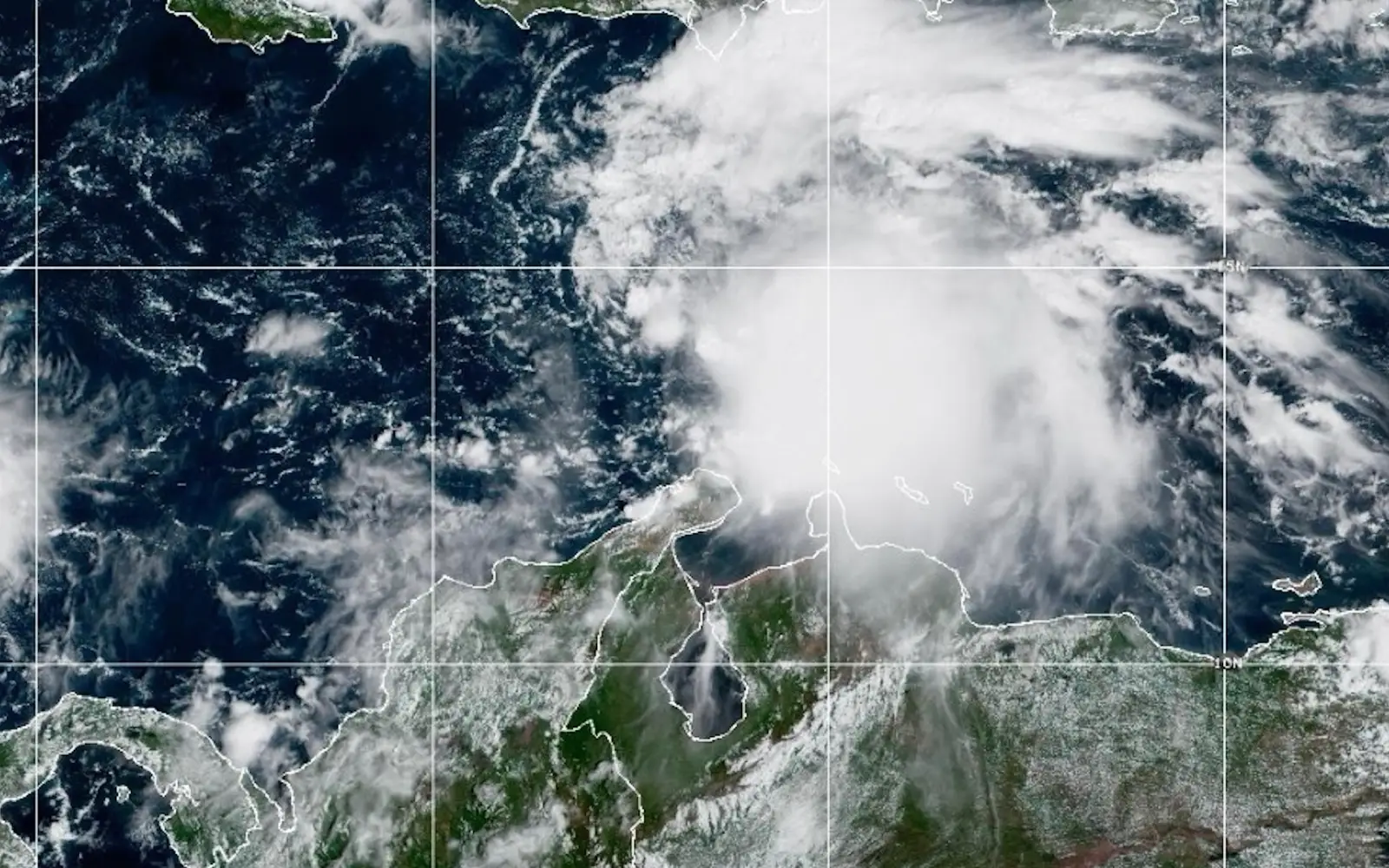
Study finds climate change made Hurricane Melissa four times more likely

Imperial College London scientists found that a Melissa-type hurricane, once expected in Jamaica every 8,100 years, now occurs every 1,700 years. (AP pic)
LONDON: Hurricane Melissa, which struck Jamaica as one of the most powerful storms ever recorded, was made four times more likely because of human-caused climate change, a rapid analysis said Wednesday.
Warming caused mainly by burning fossil fuels increased both the likelihood and intensity of the devastating Category 5 hurricane, the study by scientists at Imperial College London found.
“Jamaica had plenty of time and experience to prepare for this storm, but there are limits to how countries can prepare and adapt,” said Ralf Toumi, director of Imperial College’s Grantham Institute, which was responsible for the paper.
“Adaptation to climate change is vital but it is not a sufficient response to global warming. The emission of greenhouse gases also has to stop.”
Using a peer-reviewed model that maps out millions of theoretical storm paths under different climate conditions, the team found that in a cooler world, a Melissa-type hurricane would make landfall in Jamaica around every 8,100 years, but that figure has now gone down to every 1,700 years.
The world has so far warmed by roughly 1.3C compared to the pre-industrial era – dangerously close to the 1.5C limit scientists say the planet must avoid to keep the most destructive effects of climate destabilisation at bay.
Even if such an extreme storm somehow still occurred without global warming, it would have been a bit weaker, the analysis found – with current warming of 1.3C increasing wind speeds by 19km/h, or seven percent.
In a world that is 2C hotter, wind speed would rise to 26km/h.
Melissa lashed the Caribbean island with as much as 76cm (30 inches) of rainfall and sustained winds reaching 295km/h.
“Man-made climate change clearly made Hurricane Melissa stronger and more destructive,” said Toumi. “These storms will become even more devastating in the future if we continue overheating the planet by burning fossil fuels.”
That being said, the destruction of the island was so complete that more intense conditions would have likely only created limited additional damage, the analysis said.
The researchers could not, however, examine the impact of climate change on rainfall, because the US government shutdown prevented them from accessing the relevant satellite data.
Preliminary analysis by Enki Research has placed direct damage to infrastructure at around US$7.7 Billion, or around 40% of GDP, which the group said “will take at least a decade to recover from.”
The estimate does not include wider economic losses including from the hit to tourism, shipping operations and commercial supply chains, which could add many billions more.
